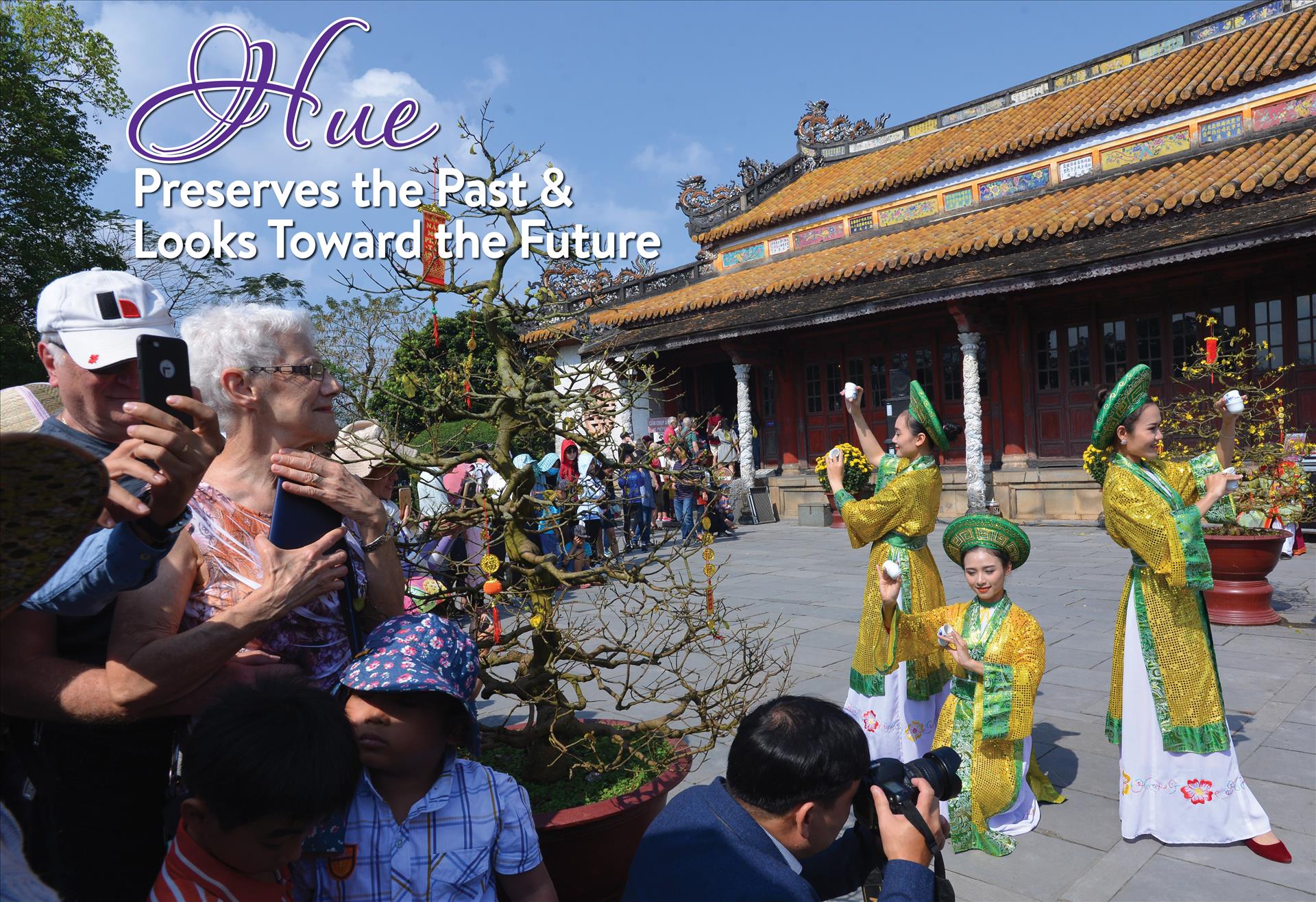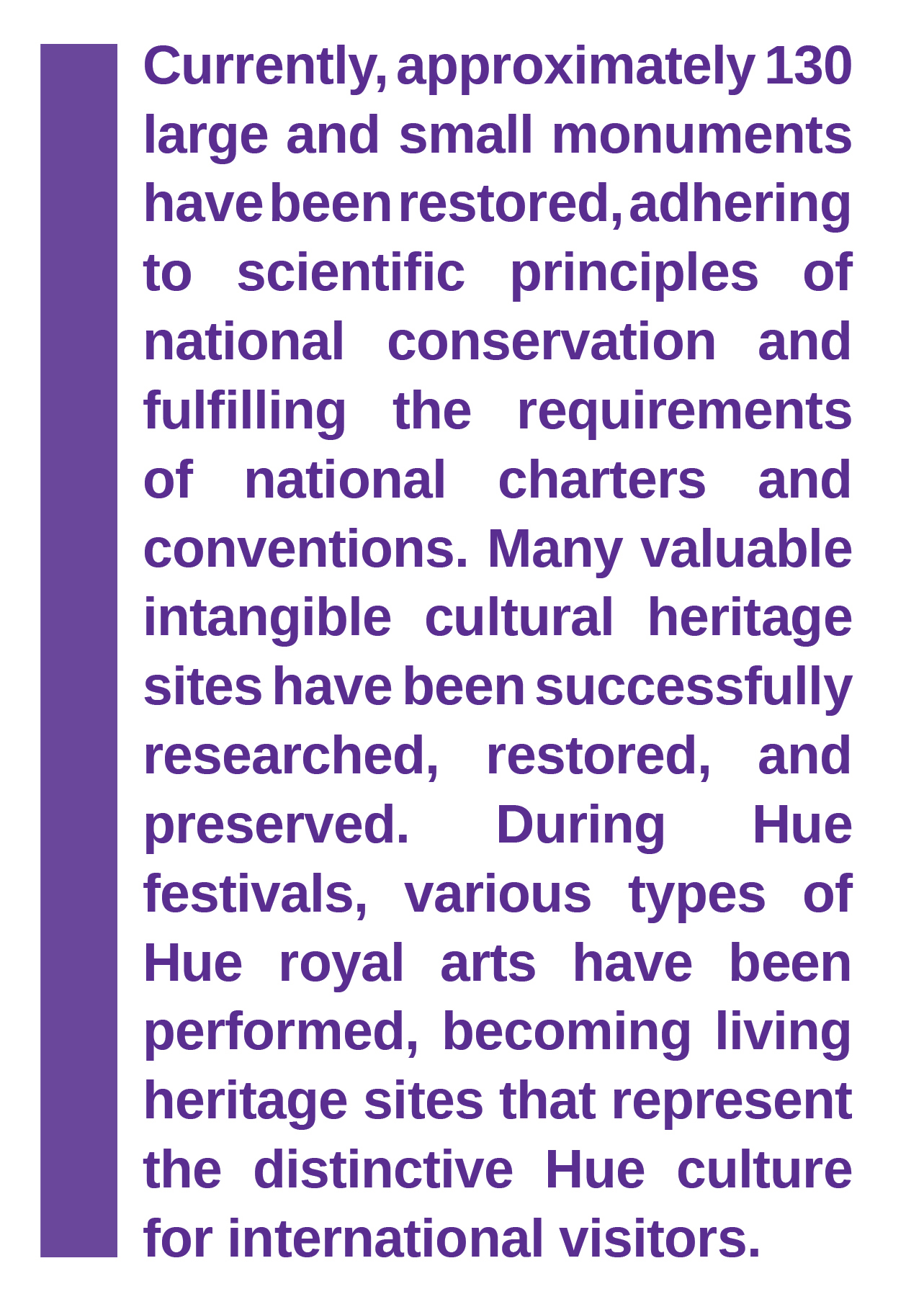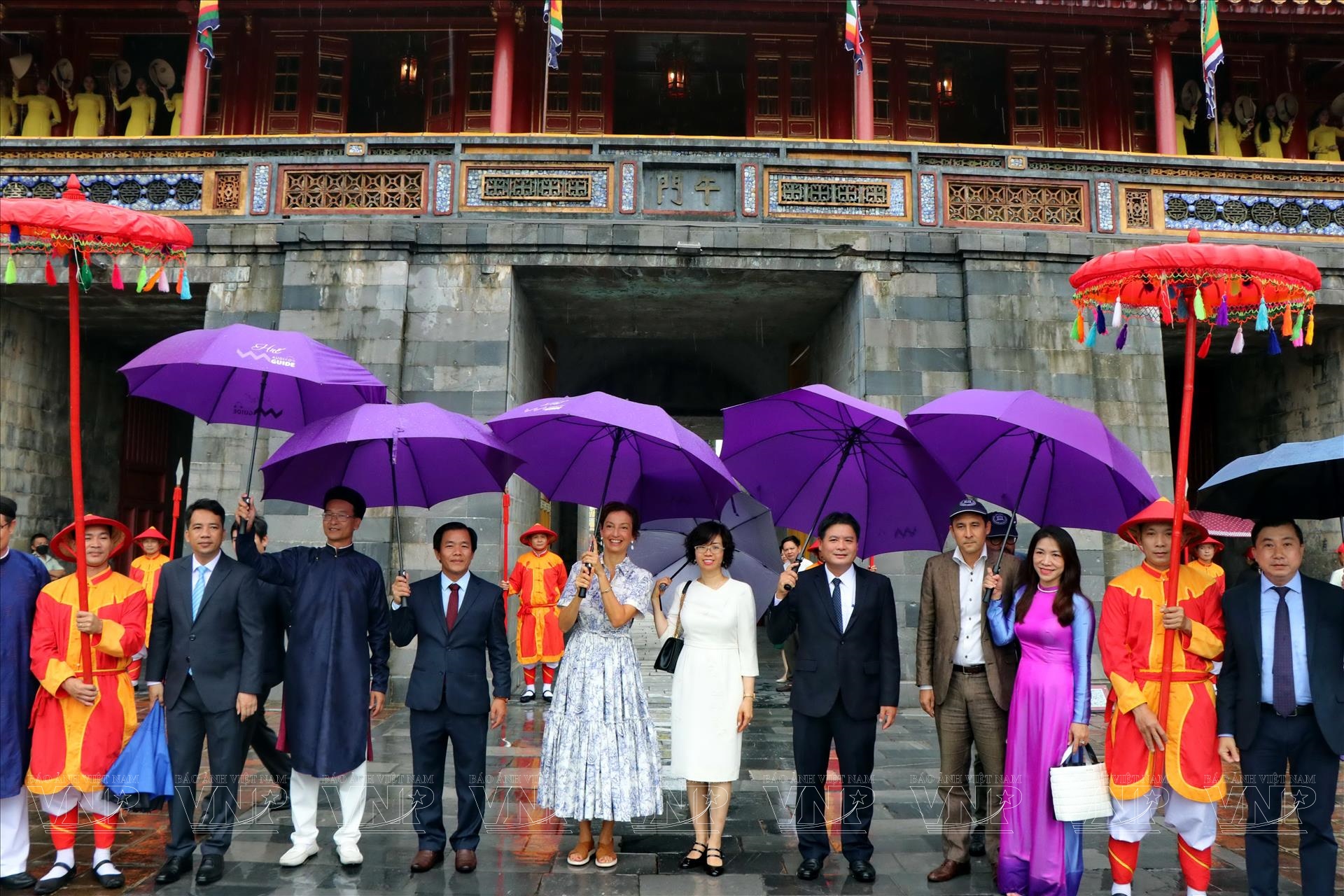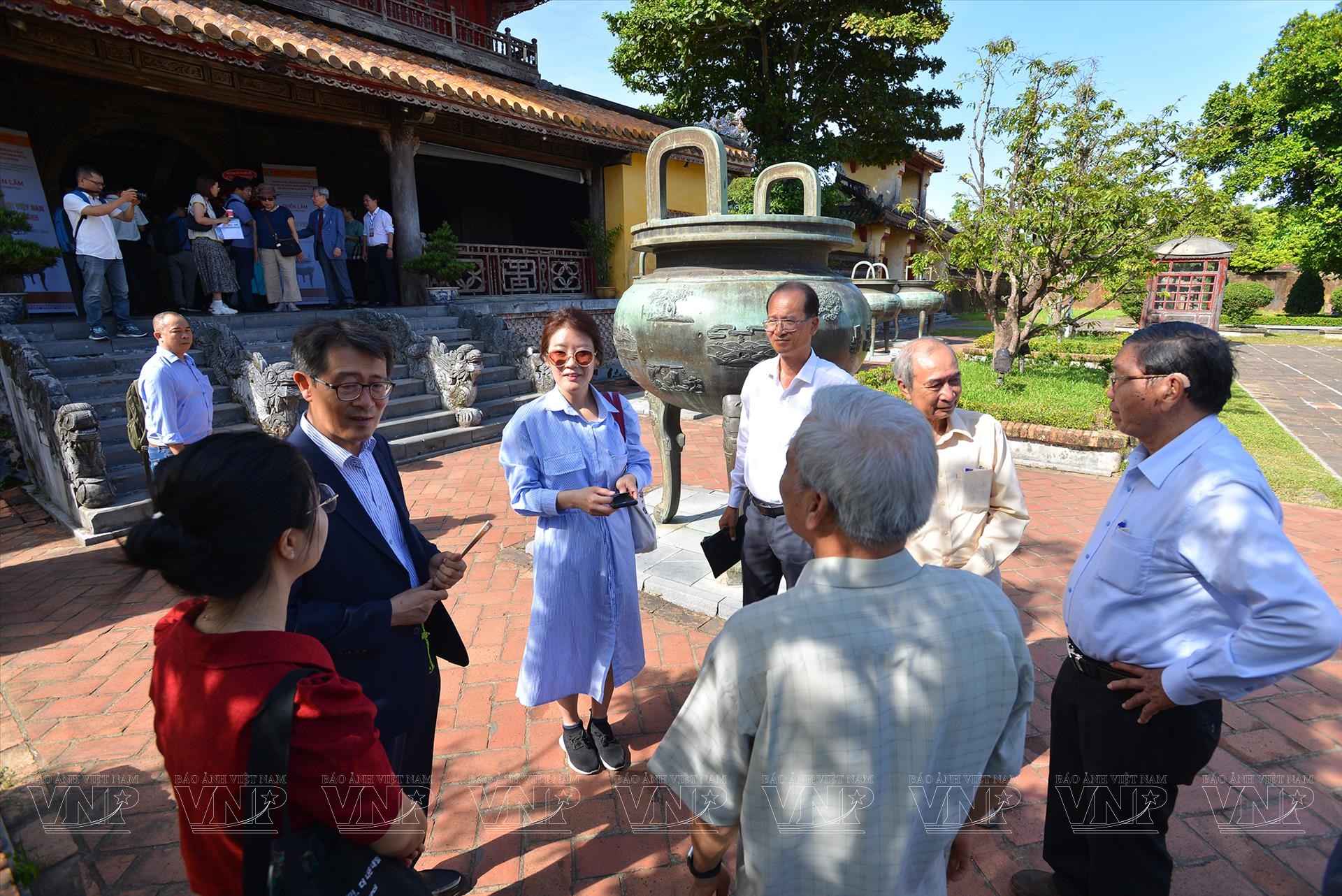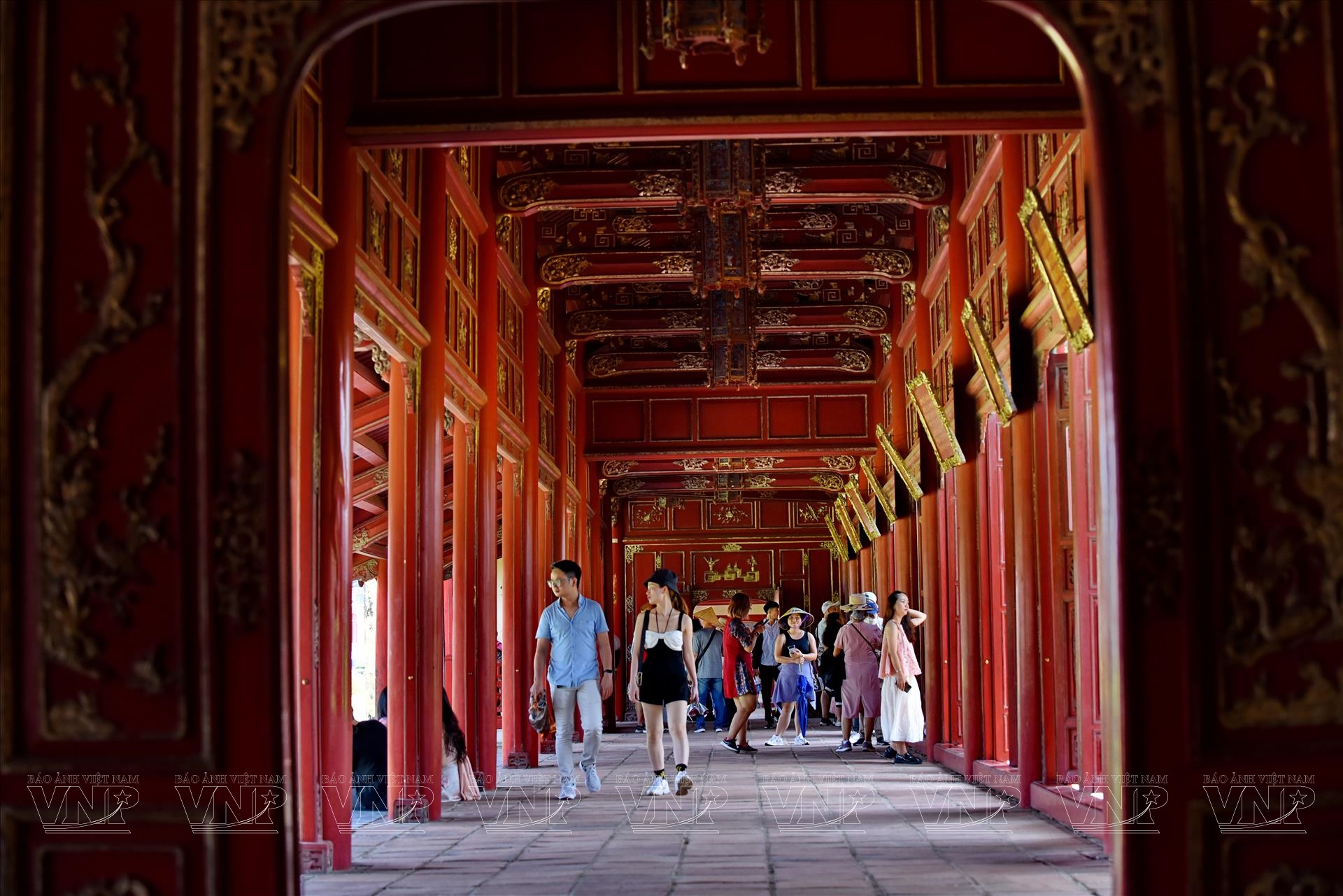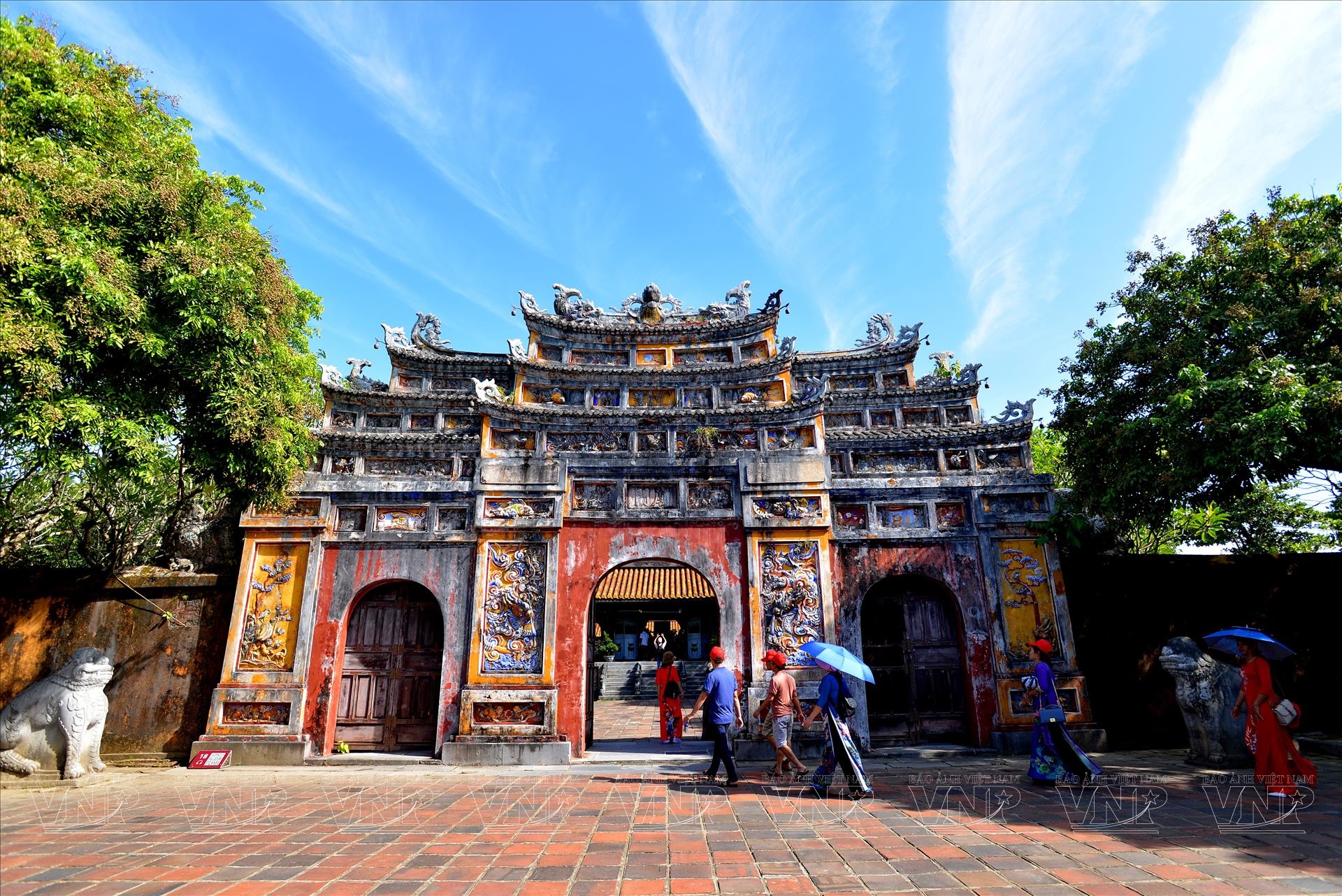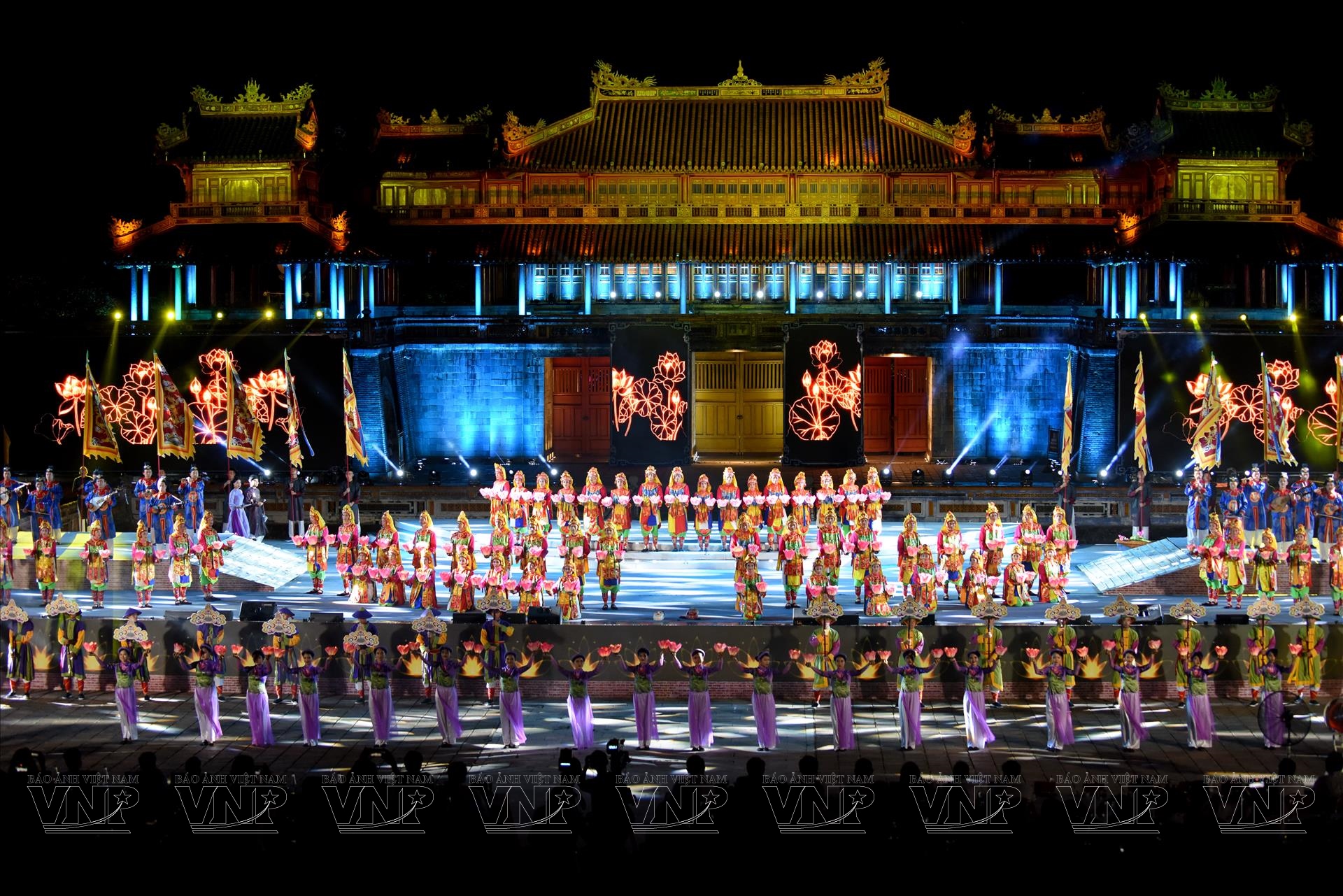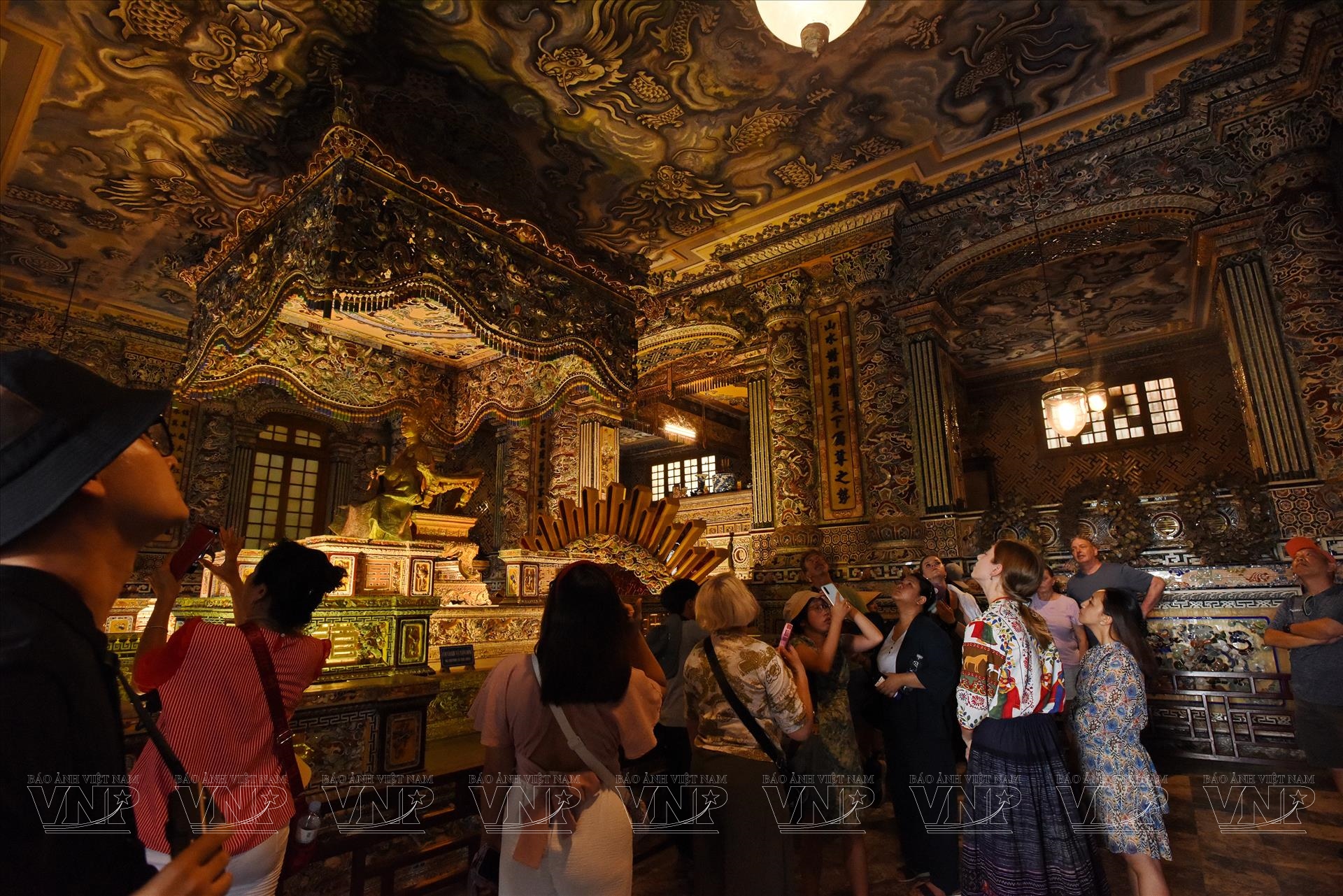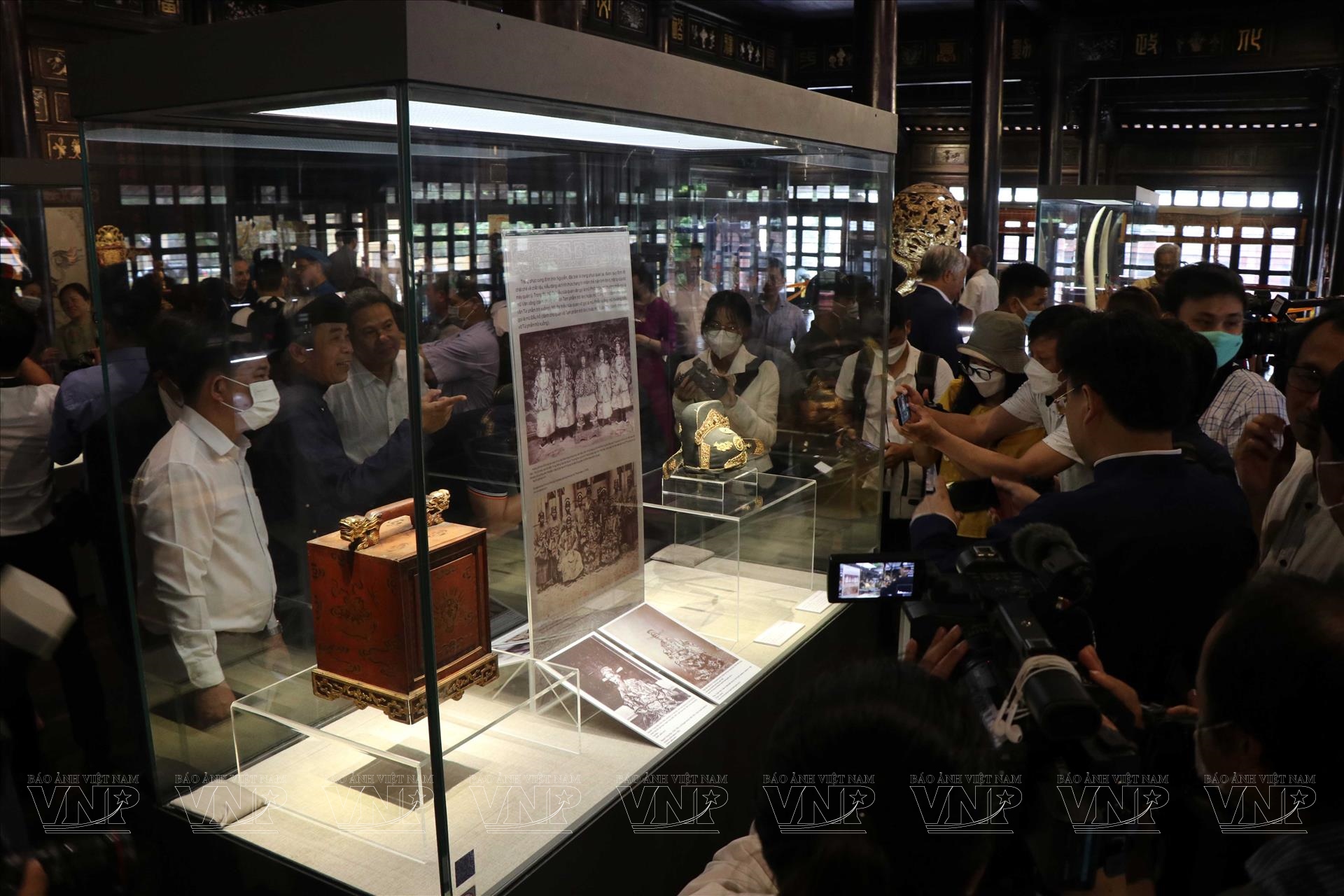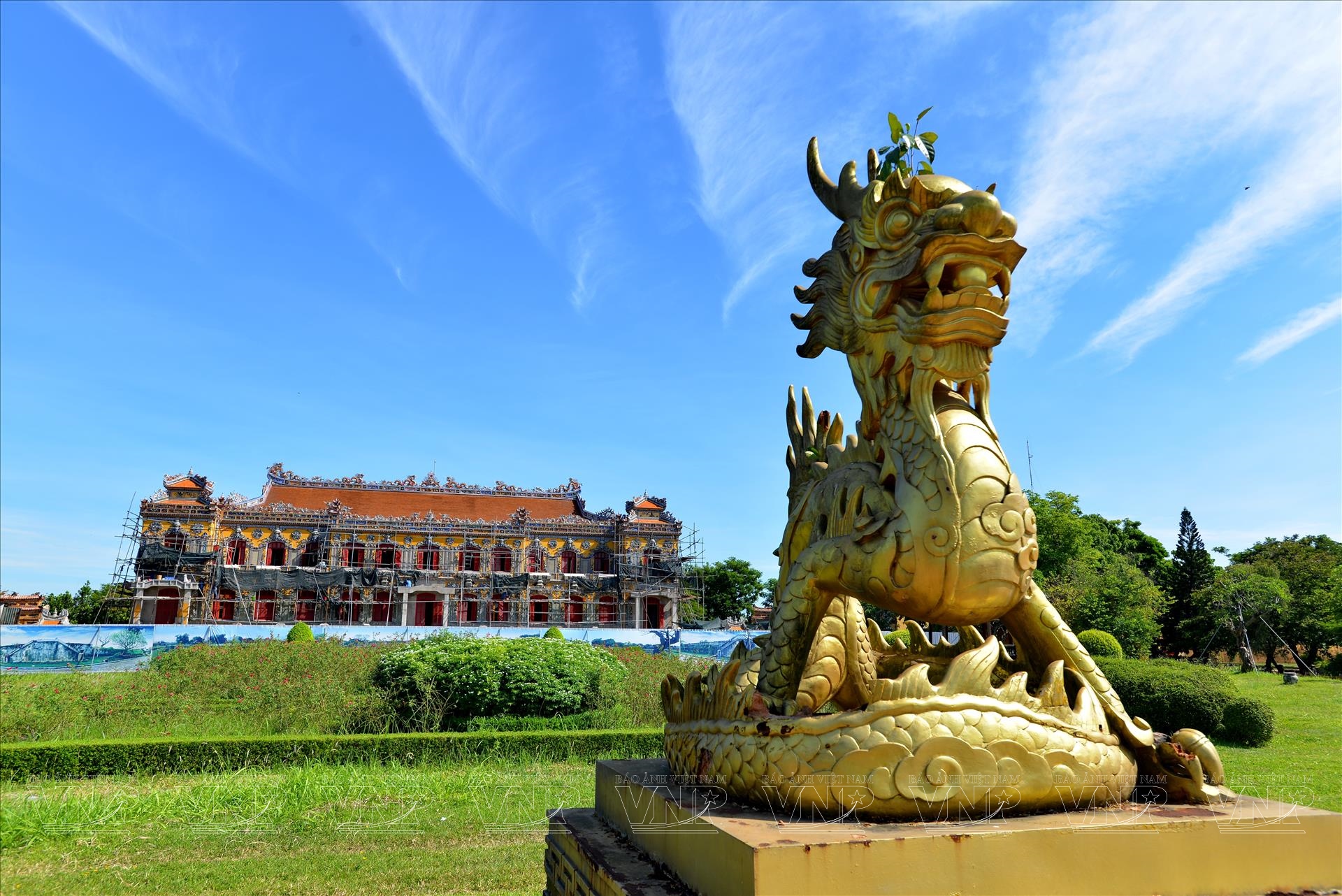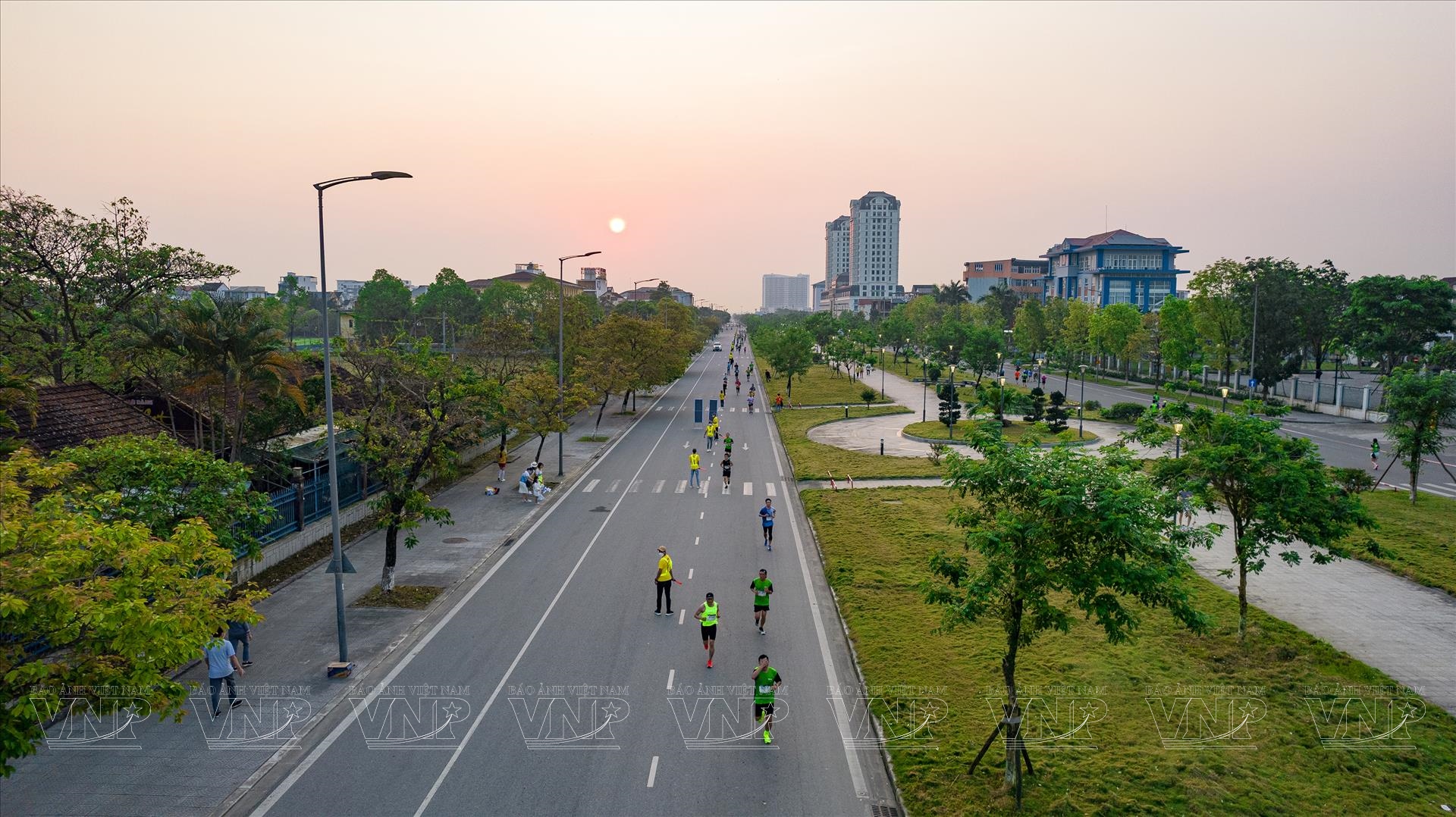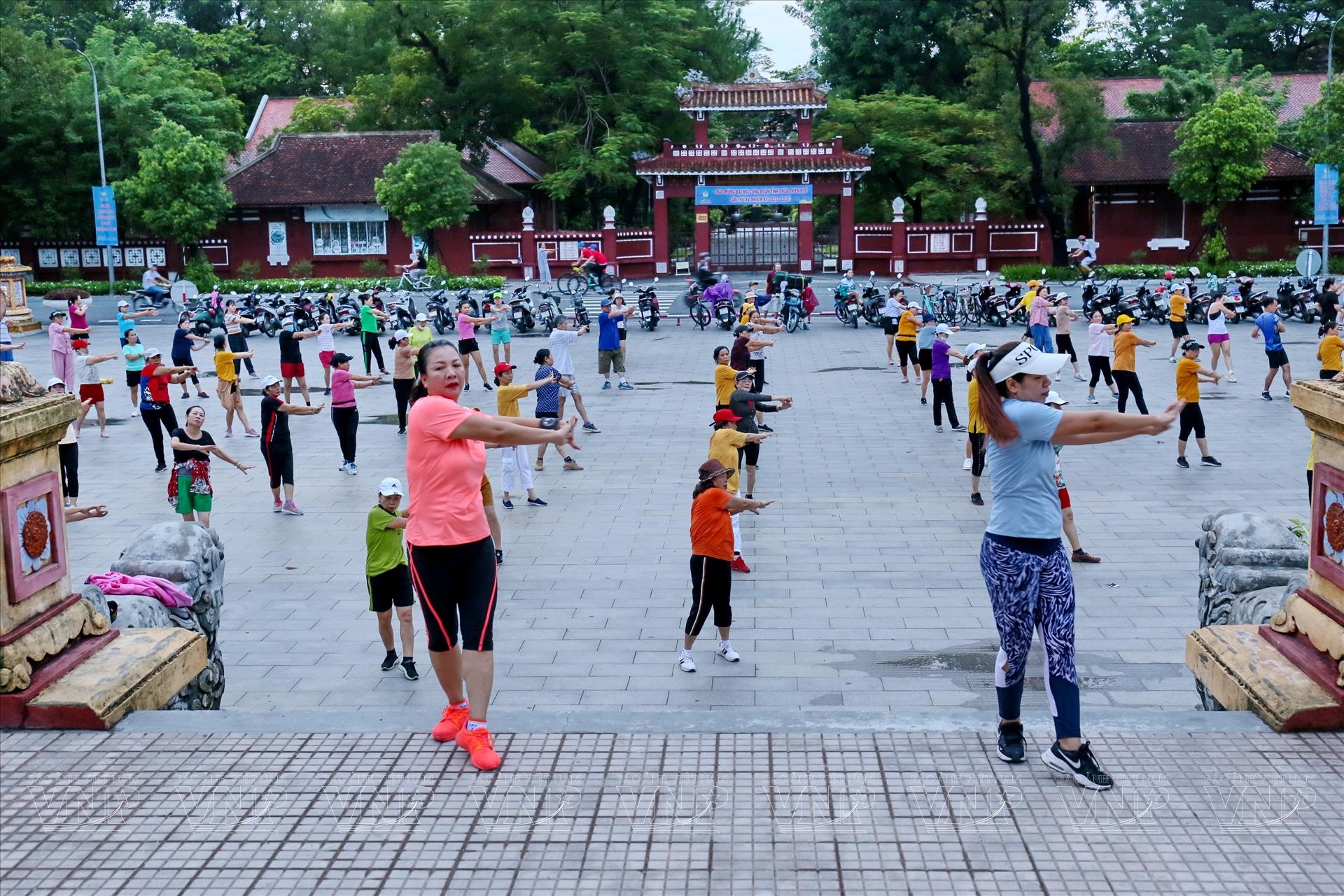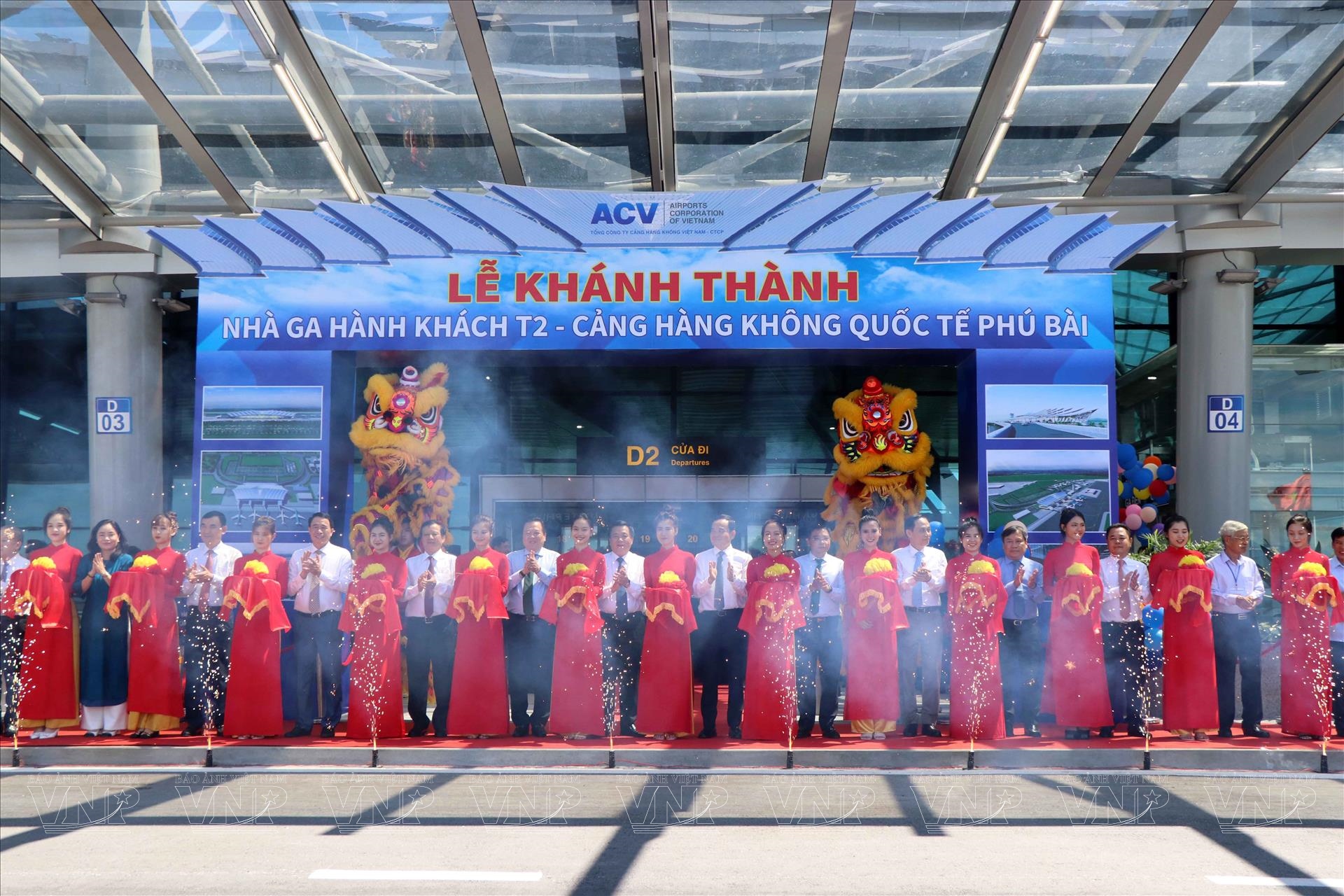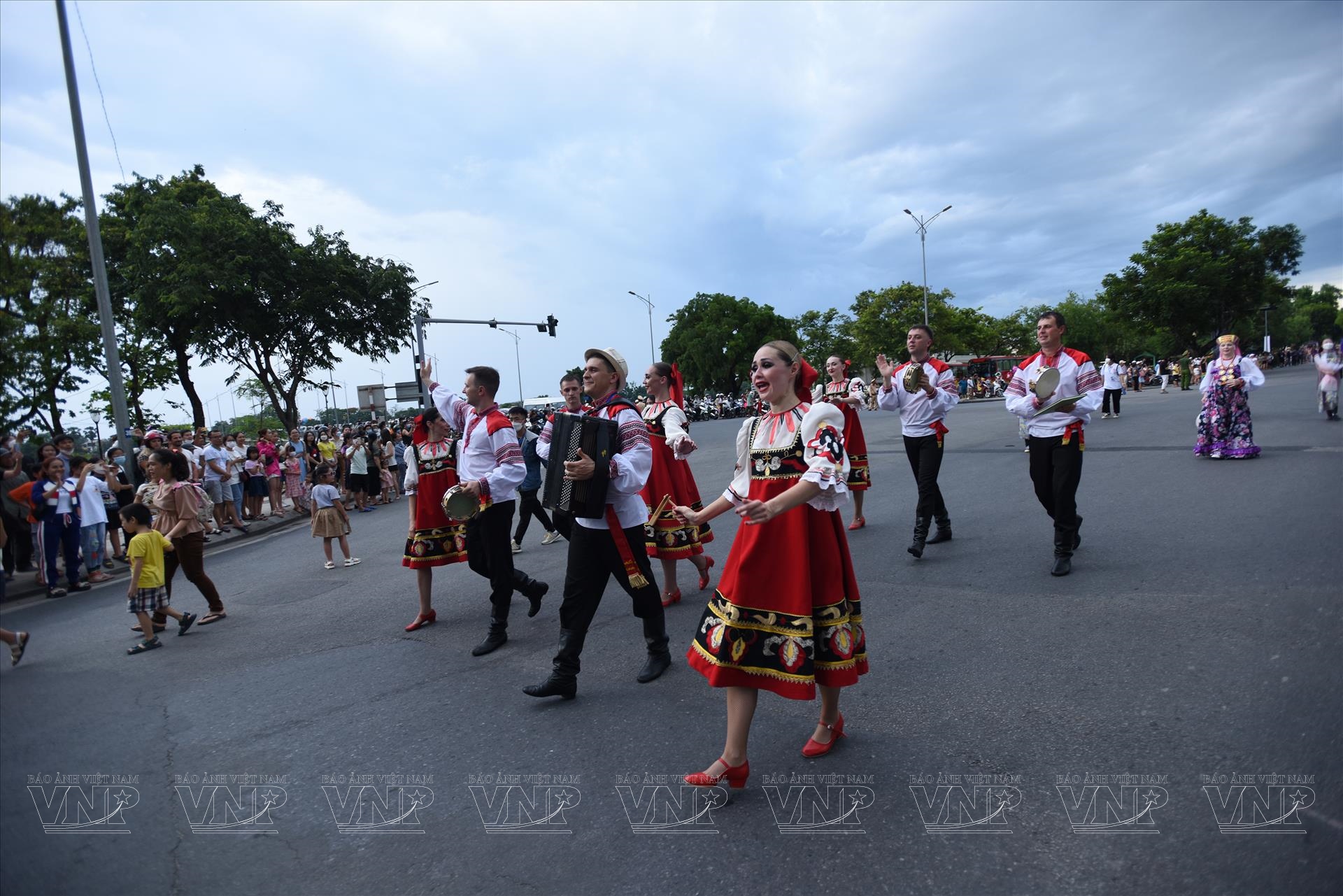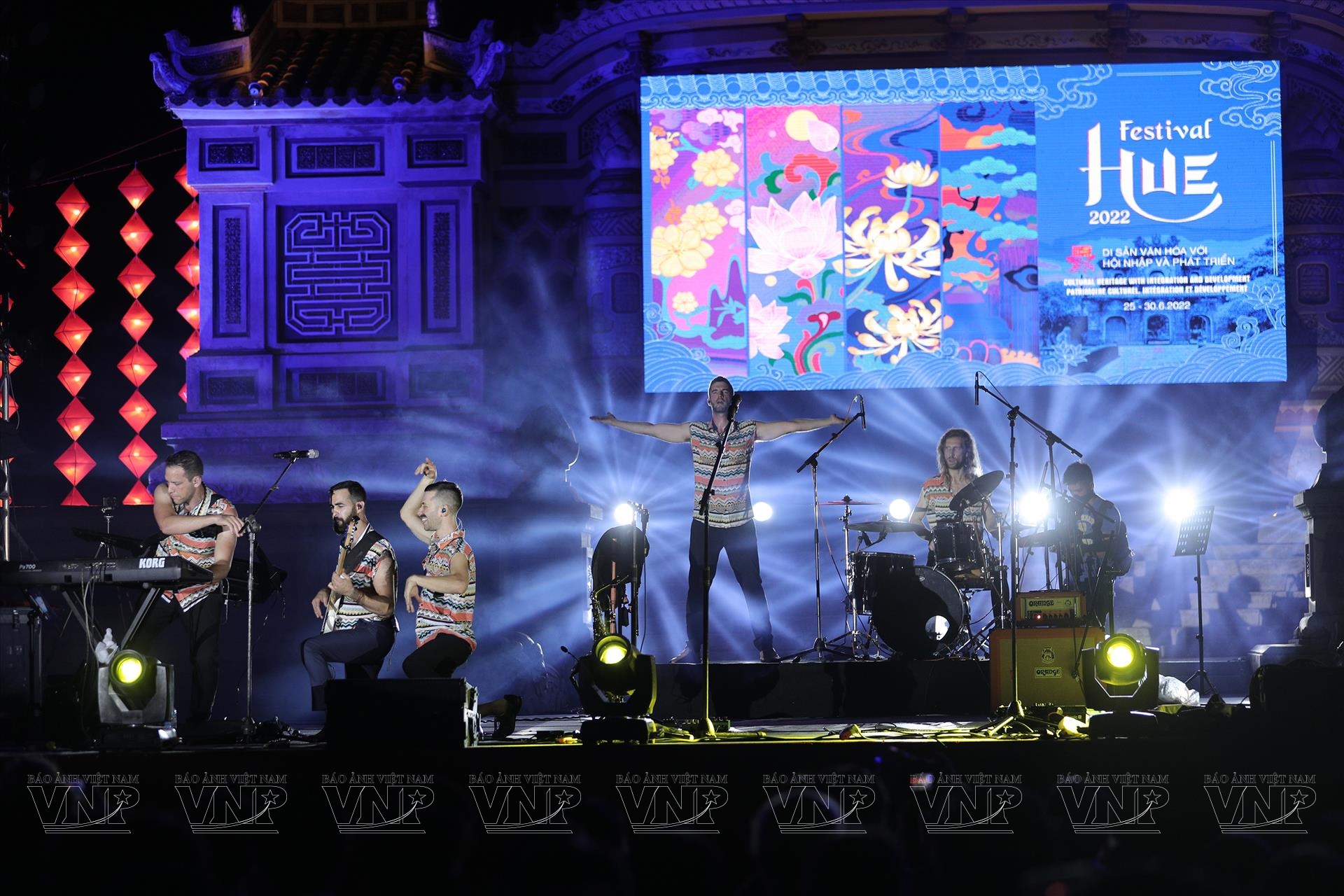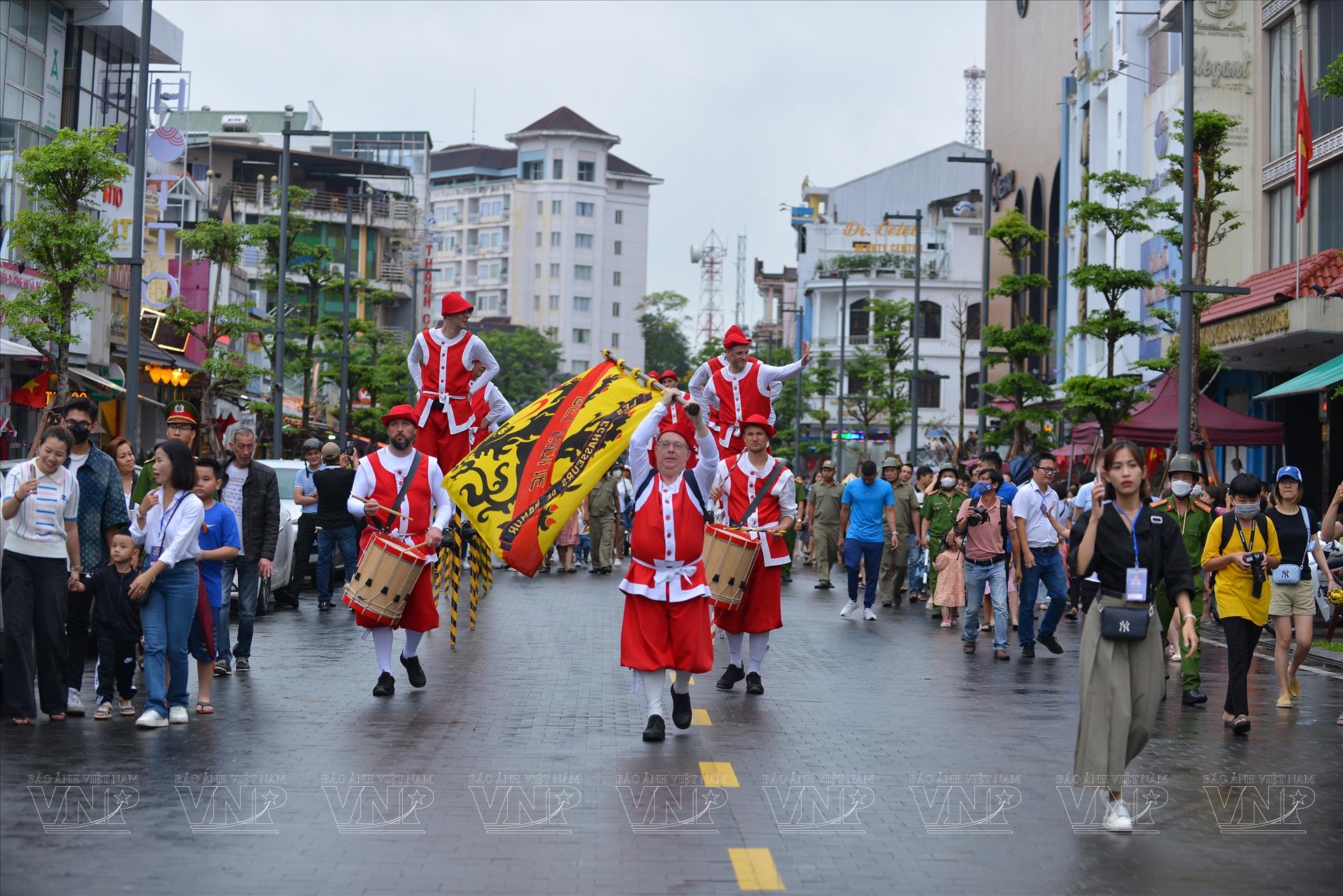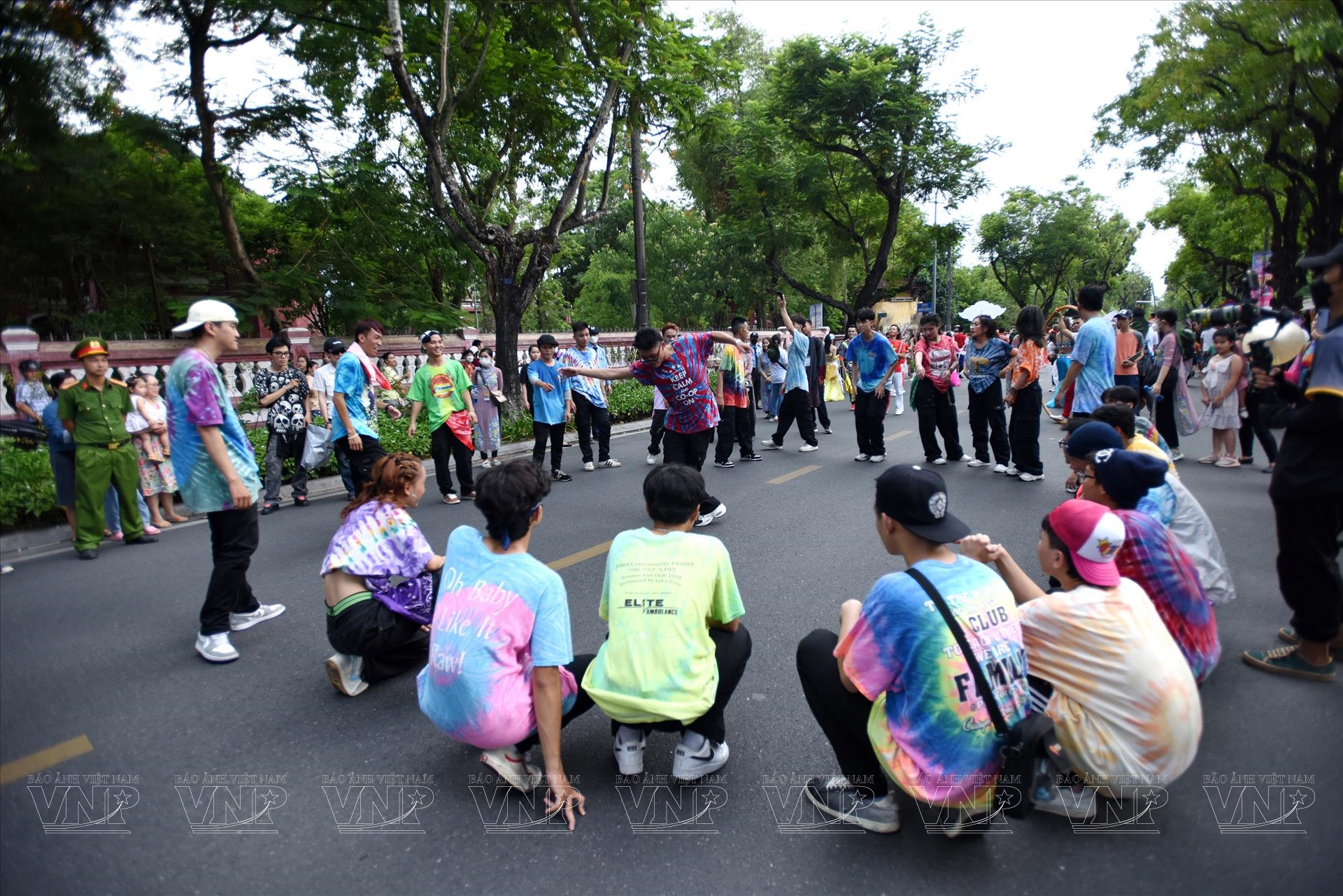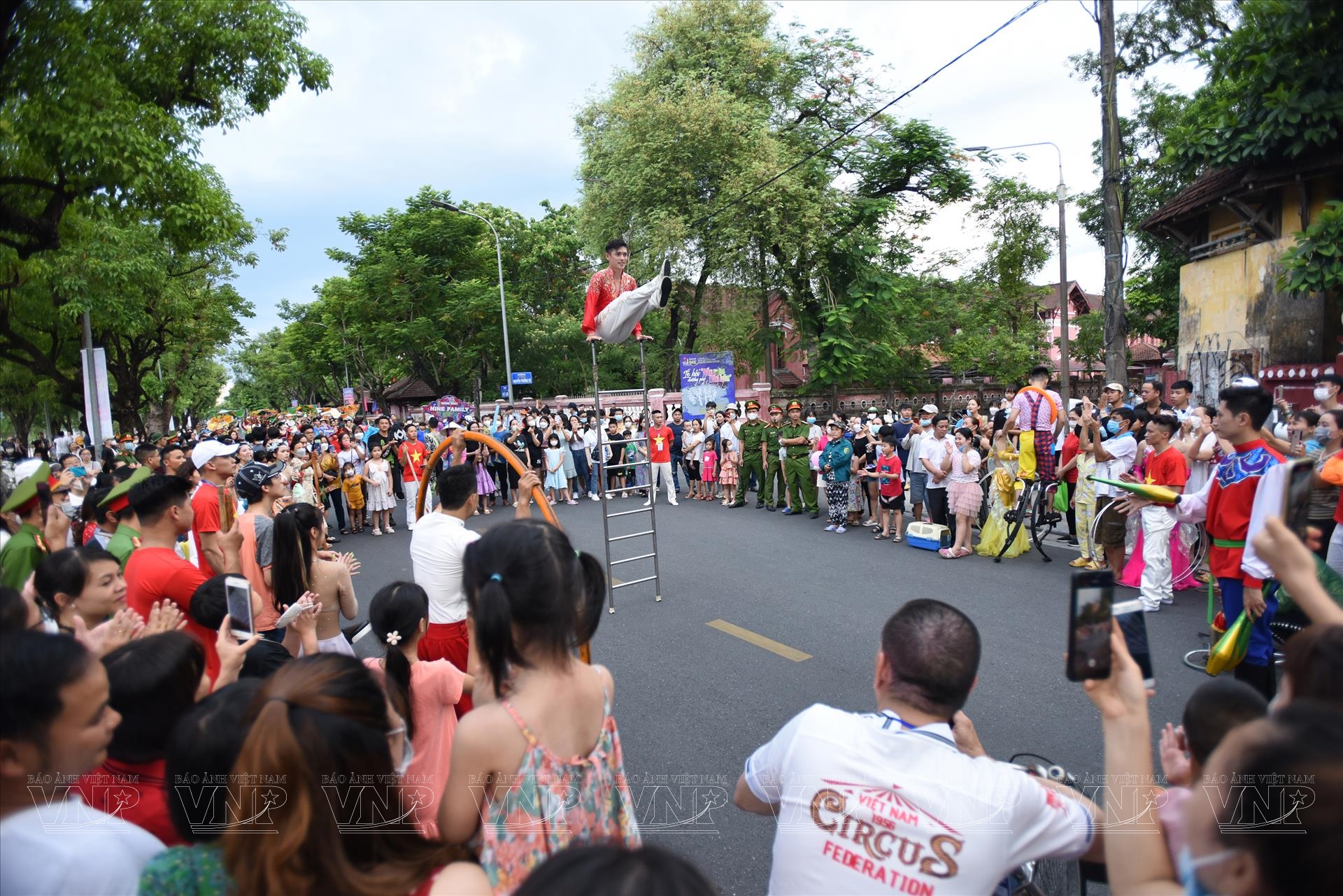Hue Preserves the Past and Looks Toward the Future
Time and war took a heavy toll on heritage sites in the central province of Thua Thien Hue. However, the province has persistently risen to become an outstanding symbol of effective conservation of heritage sites and international cooperation, and is now making great efforts to become a centrally-run city with its own cultural "soft power".
Hue - A Symbol of Heritage Conservation and International Cooperation
In his message congratulating the 30th anniversary of the Complex of Hue Monuments (1993-2023) and the 20th anniversary of Nha nhac - Vietnamese Court Music (2003-2023) being recognized as a World Cultural Heritage by UNESCO, Director of the UNESCO World Heritage Centre Lazare Eloundou Assomo emphasized that since Hue was listed as a World Heritage Site 30 years ago, the world has been extremely impressed with the journey of Hue, which has not only achieved important success in preserving and developing World Heritage Sites, but also has become a symbol for the revival of Vietnam. Overcoming the hardships and aftermaths caused by decades-long wars, the Imperial City of Hue has drastically changed from a treasure trove of devastated heritage sites into an outstanding example of heritage conservation and international cooperation.
Thai Ba Dinh, who has been living in the inner city of Hue since before 1975, still feels sad when recalling his memories. He said, "My house was near the citadel, so every day when I opened the door, it pained my heart to see the ruins of golden palaces and temples. Anyone who passed by and saw the scene also felt pity for Hue”. After 1975, Hue emerged from the war with a mass of heritage sites that had been devastated by bombs, natural disasters, and even the neglect of locals. These included a series of architectural works, temples, palaces, tombs, and mausoleums from the Nguyen Dynasty, as well as many sections of magnificent city walls. In the Imperial Citadel area alone, about half of the 136 architectural works were destroyed and the works in the Forbidden City were almost completely wiped out. Many other works also suffered the same fate.
Many intangible heritage sites such as the system of royal festivals; forms of court performances such as Nha nhac, royal dances, and royal classical opera; many antiques, books, and precious documents of the Nguyen Dynasty; and the system of Hue traditional crafts were also demolished or fell into oblivion.
It was not until UNESCO recognized the Complex of Hue Monuments as a World Cultural Heritage in 1993 and Nha nhac as a Masterpiece of Intangible and Oral Cultural Heritage of Humanity (the Representative List of the Intangible Cultural Heritage of Humanity) in 2003, that the restoration of Hue relics truly entered a new phase.
Thanks to the proactive support from UNESCO and other international organizations, the important participation of the Vietnamese government, and the strong and relentless determination of the government and people of Thua Thien Hue province, the conservation of Hue monuments has been implemented and achieved great success. The restoration of the UNESCO-recognized Complex of Hue Monuments has gone through a state of emergency and is now gradually being revived to return to its former glory.
According to UNESCO's assessment, the conservation of Hue monuments is currently moving into a phase of stable and sustainable development. The preservation of cultural heritage values has always been anchored in the process of exploiting, promoting, and creating conditions for the socio-economic development of the province and the central region, with a focus on tourism and service economy.
Looking back 30 years, it can be affirmed that the preservation and restoration of Hue’s culture is on the right track in the direction by Party General Secretary Nguyen Phu Trong set out at the 2021 National Cultural Conference. He said more attention should be paid to the preservation, enrichment, and promotion of national cultural values, tangible and intangible cultural values of regions, localities, and ethnic minorities, in line with absorbing the cultural quintessence of the times. The “soft power” of the Vietnamese culture should be further developed, contributing to elevating national synergy.
Making Efforts to Become a Centrally-Run City
According to Dr. Phan Thanh Hai, a member of the National Heritage Council and director of the Thua Thien Hue Culture and Sports Department, Hue is a special phenomenon in the history of urban development in Vietnam. Many domestic and foreign researchers have affirmed that the Imperial City of Hue is one of the cities with the most architectural heritage in Southeast Asia and East Asia. Therefore, Thua Thien Hue deserves to be built into a specialized heritage city with centrally-run city status by 2025.
Based on Resolution No. 54-NQ/TW of the Politburo on "Building and Developing Thua Thien Hue province by 2030, with a Vision Toward 2045," Thua Thien Hue province is striving to focus on completing important plans and projects, aiming to build Thua Thien Hue into a centrally-run city by 2025. This will be built on the foundation of preserving and promoting the value of the imperial capital's heritages and Hue cultural identity with unique cultural characteristics of heritage, ecology, landscape, environmental friendliness.
To implement the direction, it needs to have a sound strategy to both develop Thua Thien Hue into a modern urban area while still preserving and promoting its cultural heritage values. It is a unique direction because Thua Thien Hue cannot develop like the densely populated cities such as Hanoi, Hai Phong, Da Nang, Can Tho, or Ho Chi Minh City with high-rise buildings and many industrial zones. It must develop in a harmonious and sustainable direction with less intervention and effect on relics and traditional architectural landscapes.
With this policy, Hue has made great efforts to preserve the integrity of the northern region, where the imperial city has been identified as the core area of the Complex of Hue Monuments; to focus on developing and expanding the southern region and surrounding areas; and to upgrade the system of roads, parks, trees, lighting, and auxiliary works to serve people's lives. Therefore, the appearance of the urban area of Hue has quickly changed towards modernity, dynamism, and openness, but still retains its unique traditional and romantic beauty.
Phan Thanh Ha, a tourist from Hanoi who often visits Hue, said, "The atmosphere in Hue in the past used to be sad and the residents were introverted. However, Hue is now different, with its romantic, graceful, yet more dynamic and youthful beauty". The effective preservation and promotion of Hue's cultural values have greatly contributed to Thua Thien Hue's strategic development.
Accordingly, cultural heritage has become the nucleus and driving force for the development of all aspects of life, economy, culture, and society, turning Hue into "Vietnam's Festival City," "City of ASEAN Culture," "ASEAN Environmentally Sustainable City," and "National Green City". The journey for Hue to become a centrally-run city by 2025 is coming to an end and the "soft power" of culture will be a fulcrum to help Hue make steady progress and quickly reach its target./.
Story: Thanh Hoa
Photos: Thanh Hoa, Cong Dat/VNP, Do Truong, Le Huy Hoang Hai & Minh Giang
Translated by Hong Hanh
